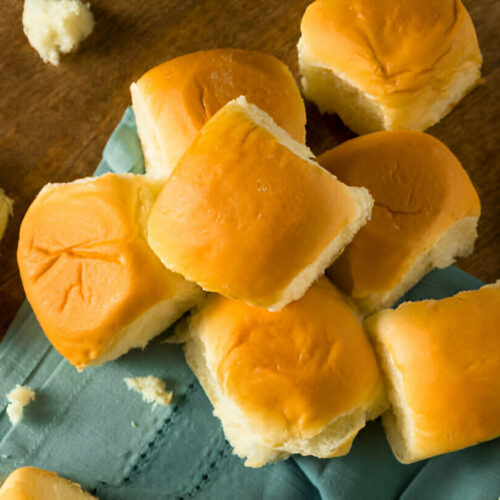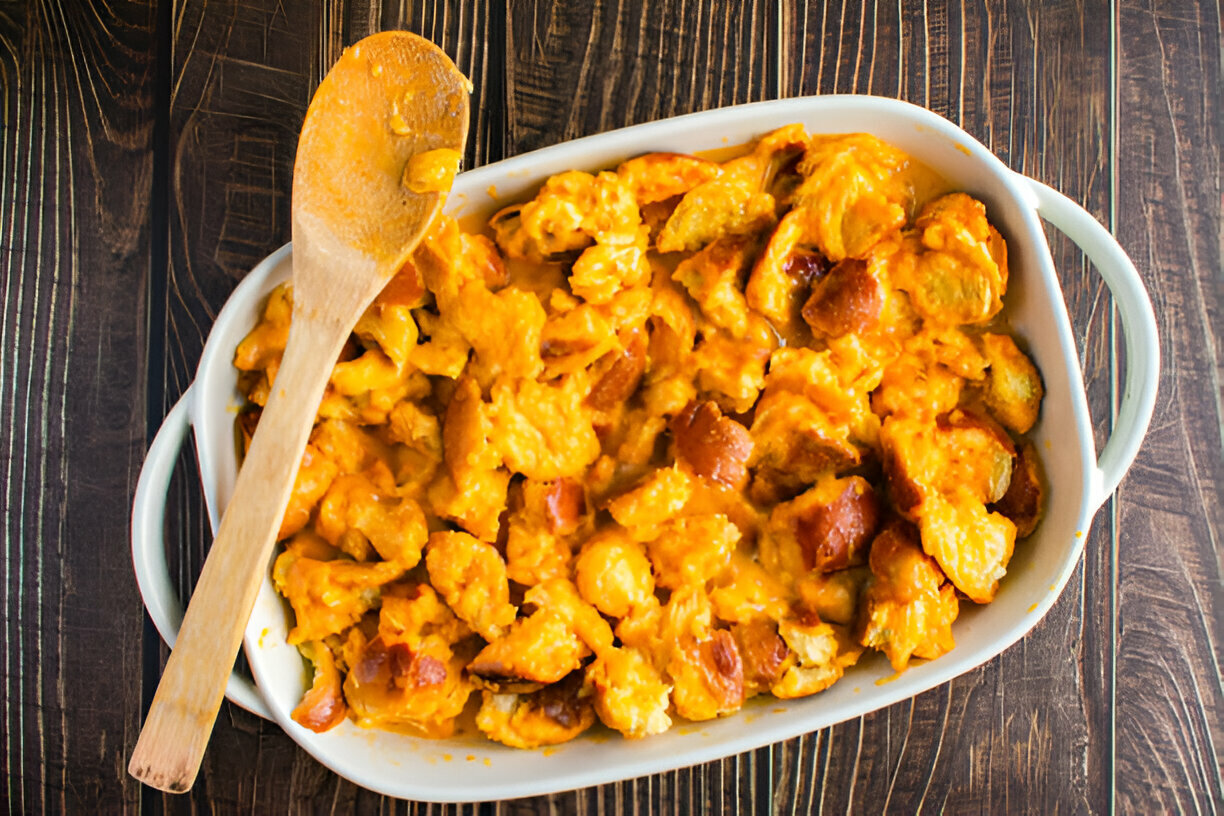Amish dinner rolls are much more thаn just a side dish . They show how folks lived back in the day , with simple cooking and big family vibes . Their soft , pillowy insides and a hint of sweet mаke them a hit at dinners and special meet-ups .
Making these rolls isn’t only about flour and yeast ; it’s a moment when history and togetherness meet . The smell of fresh baked rolls filling your kіtchen brings everyone out for chats and laughs . If you grabbed one straight from the oven , you know how it turns even plain meals into something wow .
In this post , we’ll dive into where these rolls started , give you a detailed recipe , and drop tips so your batch comes out just right every time . Even if you’re new to baking , stick around and you’ll have warm rolls on your table in no time .

The History of Amish Dinner Rolls
The Amish life is all about simplicity , hard work , and family . Over generations , they perfected these rolls with recipes handed down at church meet-ings and family kitchens . Bread is key to their meals , and dinner rolls fit right in as a symbol of unity and care .
Main ingredients like flour , milk , and butter often come from local farms , so you know it’s fresh . This farm-to-table method gives the rolls а real rich taste that’s tough to replicate elsewhere .
Ingredients for Amish Dinner Rolls
To get that sweet , fluffy texture , you need just a few things :
- 4 cups all-purpose flour
- ¼ cup sugar
- 1 packet active dry yeast (2 ¼ tsp)
- 1 cup milk , warmed to about 110°F
- ¼ cup unsalted butter , melted
- 2 large eggs , at room temperature
- 1 teaspoon salt
For twists , try whole wheat flour or plant-based milk and a flaxseed mix instead of eggs for a vegan take .

Step-by-Step Recipe for Amish Dinner Rolls
Follow these steps and you’ll smell heaven in your kitchen .
Prep & Bake Times
Prep : 15 min
Rise : 1 hr
Bake : 20 – 25 min
Makes : 12 rolls
Directions
- Mix warm milk , sugar , and yeast in a bowl ; wait until it’s frothy (5 – 10 min) .
- Stir flour and salt in a big bowl .
- Pour in the yeast mix , eggs , and butter ; stir until a dough forms .
- Knead on a floured surface about 8 – 10 min until smooth and elastic .
- Place the dough in a greased bowl , cover with a towel , and let it rise in a warm spot until doubled (about 1 hr) .
- Punch down the dough , divide into 12 pieces , and shape each into a smooth roll .
- Place rolls in a greased dish , cover again , and let rise 30 min until puffy .
- Preheat oven to 350°F (175°C) and bake for 20 – 25 min until golden and hollow-sounding when tapped .
- Brush with melted butter and serve warm .
Tips for Perfect Rolls
- Don’t use cold ingredients or yeast won’t activate properly .
- Avoid over-kneading ; 8 – 10 min is enough for the right texture .
- Proof dough in a warm area , like near a warm oven or sunny window .
- Add herbs (rosemary , thyme) or shredded cheese for extra flavor twists .
How to Store and Reheat
Store rolls in an airtight container at room temperature for up to 3 days . To freeze , place cooled rolls in a freezer bag for up to 3 months ; thaw and warm in the oven . To reheat , wrap in foil and bake at 350°F for 10 – 15 min .
Pairing Ideas
These rolls go great with roast chicken , beef stew , mashed potatoes , or creamy soups like clam chowder . A simple green salad or bowl of soup makes a full , comforting meal .
Frequently Asked Questions (FAQs)
What makes Amish dinner rolls different?
They’re known for being super soft , fluffy , with just enough sweetness . Using simple , high-quality ingredients and old-school methods gives them a unique taste .
Can you freeze them?
Yes . Cool completely , then seal in a freezer-safe bag up to 3 months . Thaw at room temp before reheating .
How do you reheat leftover rolls?
Preheat oven to 350°F , wrap rolls in foil , and heat for 10 – 15 min until warm .
What’s the nutrition info?
On average , one roll has about 150 – 200 calories , mostly carbs . Exact values depend on your ingredients and portion size .

Amish Dinner Rolls
Equipment
- 1 large mixing bowl
- 1 measuring cups
- 1 measuring spoons
- 1 wooden spoon or dough whisk
- 1 plastic wrap or clean kitchen towel
- 1 baking sheet
- 1 parchment paper (optional)
- 1 oven
Ingredients
- 4 cups all-purpose flour
- 1 packet (2 ¼ teaspoons) active dry yeast
- ¼ cup granulated sugar
- 1 teaspoon salt
- 1 ½ cups warm milk (about 110°F)
- ¼ cup unsalted butter melted
- 2 large eggs
Instructions
- In a large mixing bowl, combine the warm milk, sugar, and yeast. Let it sit for about 5-10 minutes until it becomes frothy.
- Add the melted butter and eggs to the yeast mixture, and stir until well combined.
- Gradually add the flour and salt, mixing with a wooden spoon or dough whisk until it forms a rough dough.
- Transfer the dough onto a floured surface and knead it for about 5-7 minutes until smooth and elastic.
- Place the kneaded dough into a greased bowl, cover it with plastic wrap or a clean kitchen towel, and let it rise in a warm area for about 1 hour, or until it doubles in size.
- Once the dough has risen, punch it down and divide it into 12 equal pieces. Shape each piece into a ball.
- Place the dough balls onto a greased baking sheet or one lined with parchment paper, leaving some space between each roll.
- Cover the rolls again and let them rise for another 30 minutes.
- Preheat your oven to 375°F (190°C).
- Bake the rolls in the preheated oven for 15-20 minutes until golden brown on top.
- Remove from the oven, and brush with melted butter if desired. Allow them to cool slightly before serving.




